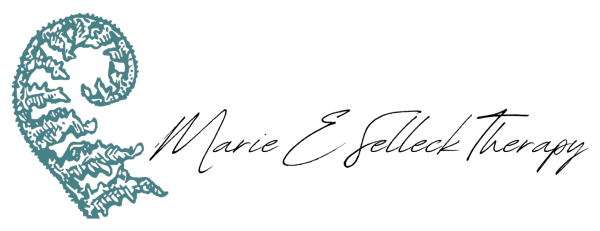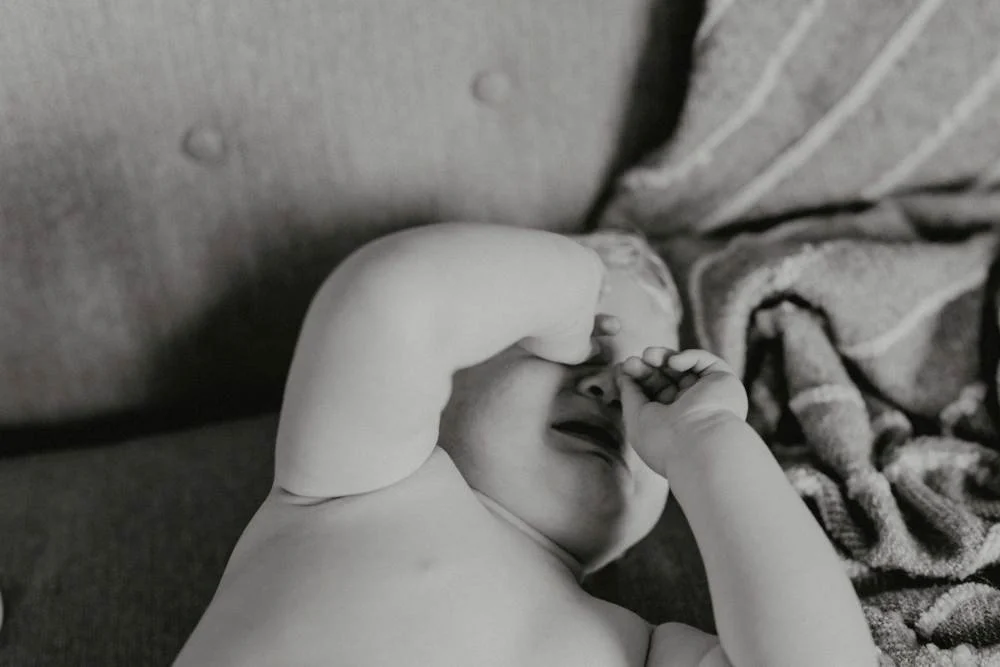The Hidden Wounds: Less Recognized Examples of Pre-Verbal Trauma
When most people think about early childhood trauma, they picture obvious forms of abuse or neglect. But trauma in our earliest years—before we could even speak—often looks very different. These hidden wounds shape us in ways we might never connect to our baby years.
I see adults every day who carry the weight of experiences they can't remember but still feel in their bodies. Pre-verbal trauma happens before age three, when our brains are still forming the basic patterns for how we see ourselves and the world. This is also when our attachment system—our blueprint for relationships—gets wired.
Understanding Attachment: Your First Relationship Template
Before we dive into trauma, let's talk about attachment. Attachment is the deep emotional bond between a baby and their caregiver. It's not just about love—it's about survival. Babies are completely helpless, so they're biologically hardwired to form a caregiver connection that keep them alive.
When caregivers respond consistently to a baby's needs, the child develops secure attachment. They learn that people can be trusted, that their needs matter, and that they're worthy of care. This becomes their template for all future relationships.
But when early caregiving is inconsistent, absent, or harmful, babies develop insecure attachment patterns. These aren't disorders—they're smart adaptations to difficult situations. But they can create lifelong struggles with trust, intimacy, and self-worth.
The Trauma Nobody Talks About
Medical trauma is more common than we realize. Babies who spend weeks in the NICU, undergo multiple surgeries, or face repeated medical procedures often develop trauma responses. But there's an attachment piece too—when medical needs separate babies from their primary caregivers during crucial bonding time, it disrupts the attachment process. Their nervous systems learn that the world is painful and unpredictable, and that comfort might not come when they need it.
Adoption and foster care transitions create complex attachment wounds, even when done with love and care. A baby who loses their first caregiver experiences this as a life-threatening event. Even babies adopted at birth carry this imprint of broken attachment. Remember, they were physically attached to their birth mother for 9-months. They might spend their lives unconsciously waiting for people to leave or struggling to fully trust that love will last.
Caregiver depression creates what researchers call "disrupted attachment." When a parent is physically present but emotionally unavailable due to depression, the baby's bids for connection go unanswered. They learn that their emotions don't spark responses in others. This often creates an avoidant attachment style—adults who struggle to ask for help or believe they deserve care.
Inconsistent caregiving from multiple providers disrupts attachment formation. Babies who are passed between relatives, have constantly changing daycare providers, or live with caregivers who come and go can't form that crucial first bond. They might develop anxious attachment, constantly worrying about when the next person will leave.
Parental substance abuse creates what I call "attachment chaos." The parent might be loving and attentive when sober but absent or frightening when using. Babies can't understand this inconsistency—they just learn that safety and danger can come from the same person. This often leads to disorganized attachment, where the child both seeks comfort from and fears their caregiver.
The body remembers what the mind forgets
How Attachment Trauma Shows Up in Your Body
Pre-verbal trauma and attachment trauma live in our bodies, not our memories. Your attachment style becomes part of your nervous system's wiring. Adults with insecure attachment often experience things they can't explain.
Avoidant attachment might show up as feeling uncomfortable with closeness, preferring to handle things alone, or shutting down emotionally when others get upset. Your body learned early that depending on others wasn't safe.
Anxious attachment often creates adults who worry constantly about relationships, need frequent reassurance, or panic when people seem distant. Your nervous system is always scanning for signs of abandonment because that's what it learned to watch for.
Disorganized attachment can create a confusing mix of pushing people away and clinging to them. You might feel like you have two different people inside you—one who desperately wants connection and one who's terrified of it.
These aren't character flaws. They're survival strategies your baby brain developed to cope with inconsistent or unavailable caregiving.
The Body Remembers What the Mind Forgets
Attachment patterns get stored in what scientists call "implicit memory"—body-based memories that influence us without conscious awareness. You might have panic attacks that seem to come from nowhere, feel unsafe in your own skin, or struggle with feeling "too much" or "not enough."
Physical symptoms are common too. Adults with attachment trauma often have digestive issues, chronic pain, or immune system problems. When your nervous system never learned that the world was safe, your body stays in a constant state of alert.
Relationship patterns directly mirror early attachment experiences. Someone with avoidant attachment might sabotage relationships right when they get close. Those with anxious attachment might become clingy or jealous. People with disorganized attachment might cycle between both patterns, confusing themselves and their partners.
Healing Attachment Wounds
Here's what I want you to understand: you can develop secure attachment as an adult. Our brains remain changeable throughout life, and healthy relationships can literally rewire our attachment system.
Trauma Therapy can be powerfully healing. A consistent, attuned therapist provides what's called a "corrective emotional experience"—showing you that relationships can be safe and reliable. This is why the therapeutic relationship itself is often more healing than any specific technique.
Body-based healing is crucial because attachment lives in your nervous system. Somatic therapies, like Brainspotting, can help retrain your body's responses. Brainspotting is particularly effective for pre-verbal trauma because it accesses memories stored in the body through eye positions, bypassing the need for verbal processing. Simple practices like deep breathing, gentle movement, or progressive muscle relaxation teach your nervous system that it's safe to relax.
Secure relationships in adulthood—whether romantic, friendship, or family—can gradually heal old wounds. When someone consistently shows up for you, responds to your needs, and stays present during difficult moments, it teaches your attachment system that people can be trusted.
Self-compassion is essential. Many adults with attachment trauma carry deep shame about their relationship struggles. But your patterns made perfect sense given what you experienced. The baby inside you who developed these strategies was doing their best to survive and find connection.
Remember: you deserved consistent, loving care from your first breath. If you didn't get that, it wasn't your fault then, and healing is possible now through Trauma Therapy. Your attachment system learned to protect you the best way it could. Now you can teach it new ways to connect safely with others.


